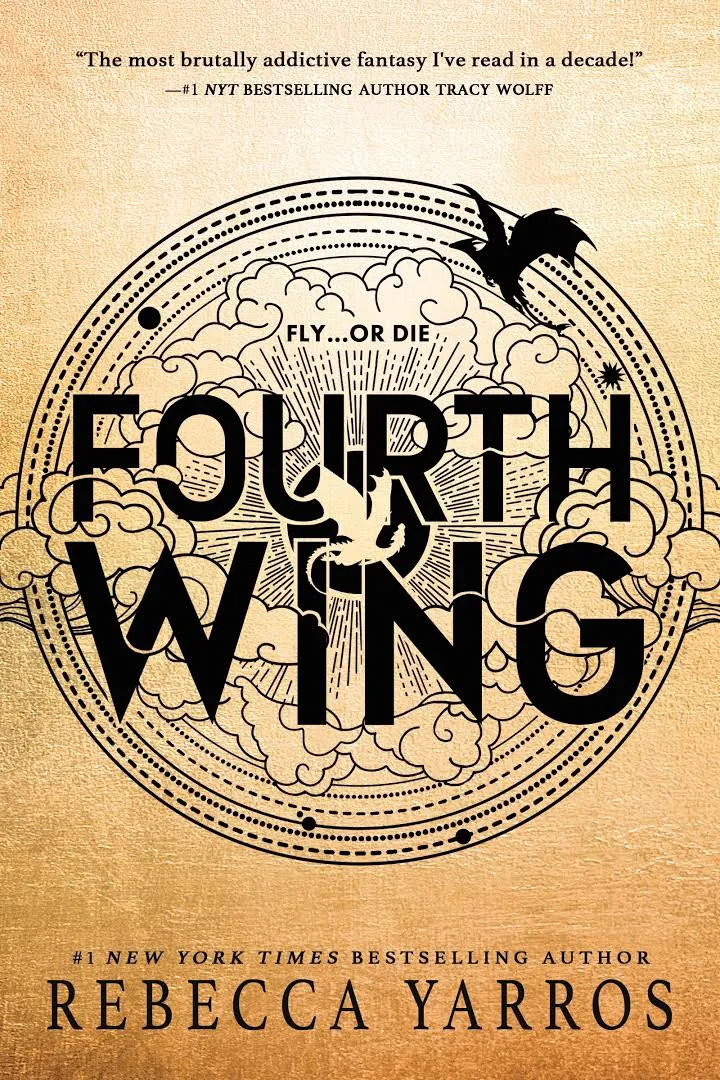Description
In this course, we emphasize the different aspects of full stack javascript development using only MEAN stack. Our overall aim is to help the students to built mean stack frameworks confidently along with a proper understanding of MongoDB, Express, AngularJS, and Node.js.The course is divided into sections each with particular topics and subtopics for the proper gaining of the mean stack programming. The different sections altogether on a whole gives a complete idea about how to architect mean stack and its different applications.
Course
We start from the angular express which begins with an introduction to Angular2 and Angular4, along with their advantages and differences. How to set them up, how to run them angular initialization process, angular folder structure, understanding modules, understanding decorators, understanding and creating a component and understanding Angular folder structure are some of the topics involved in this section. A brief description on Angular CLI and data binding is taught which involves an understanding of Ng CLI options, building and creating objects, components, and services, understanding data binding, attribute binding, two-way binding, event binding and choosing appropriate data binding. another section involves javascript under which we ly emphasis on understanding javascript and ES6. The use of var, let, const, arrow2 function, anonymous function, use of different classes and objects are the main topics which are covered. The next sections involve angular testing in which we teach about the unit testing, angular unit testing framework, writing unit tests, running and debugging unit tests and unit testing with jasmine and karma. In the last few sections, we include an introduction to nodeJs. This involves the history, architecture, advantages, framework, and applications of NodeJs. How to collaborate javascript with NodeJs is an essential part of this section which makes up the primary framework of NodeJs. As we move towards our final section we le4arn how to create, publish and use Node.Js package and use and applications of MongoDB. Fundamentals of MongoDB, tools involved and its indexing relationships of various kinds are taught in great detail.What We Learn?
After the completition of the course, students will be able to:- Known and understand Node.Js concepts in depth, Create various HTTP web server and REST service using Node.Js and angular, Design various databases by employing MongoDB, Handle various session, cookies and session stores, Understand angular2 and Angular4 its use, applications in depth, Publish MEAN app on cloud server Heroku.Target Audience
All students, as well as professionals who want to be more advanced in their web developing skills, can take the course. For beginners, we start from the basics which become expert step by step through each section. And for professionals by the end of this course, they will be more advance to create high-performance web applications with the user interface.Prerequisite
Anyone who wants to learn MEAN Stack Development should have a basic knowledge of programming.Introduction to Angular2 & Angular4
Introduction to Angular
Advantages of Angular
Angular1 vs. Angular2 vs. Angular4
Browsers Support
Get Started with Angular2 & Angular4
Setting up an Angular App
Running an Angular App
Understanding Angular folder structure
Angular Initialization Process
Angular Building Blocks: Components, Modules, Decorators
Understanding Component
Creating a Component
Understanding Modules
Understanding Decorators
Angular CLI
Introduction to CLI
Creating new project - ng new
Building Project - ng build and ng serve
Ng CLI options
Creating components, services and directives etc.
Databinding
Understanding Data Binding
Attribute Binding
Two-way Data Binding
Event Binding etc.
Choosing Appropriate Data Binding
JavaScript and ES6
Introduction to Angular
Understanding JavaScript
Understanding ES6
JavaScript Data Types – Primitive & Non-Primitive
Naming a variable
var, let and const
Using var
Using let
Using const
Functions and Arrow Function
Understanding Function
Anonymous Function
Arrow Function
Objects and Classes
Creating Object
Literal Object
Primitive types as Objects
Object Methods and Properties
ES6 Class
Unit Testing
Understanding Unit Testing
Angular Unit Testing Framework
Unit Testing with Jasmine and Karma
Writing Unit Tests
Running and Debugging Unit Tests with VS
Introduction to Node.js
Introduction to Node.js
History of Node.js
Introduction to io.js
What is Node.js Foundation?
V8 JavaScript Engine
Why Server-side JavaScript?
Getting started with Node.js
Node.js Architecture
JavaScript Event Loop
Node.js vs. others Server-Side Frameworks
Node.js Application Area
Who Use Node.js
Advantages of Node.js
Limitations of Node.js
JavaScript with Node.js
Writing Asynchronous Code
Blocking vs Non-Blocking Code
Node.js CLI and NPM
Understanding CLI
Node's Package Manager: NPM
Local Packages and Global Packages
Installing, Updating and Removing Modules using NPM
Understanding package.json file
Node.js Package and Publishing
Creating a Node Package
Publishing Package
Using published package
MongoDB
Understanding NoSQL DB
NoSQL vs SQL DB
Understanding Mongo DB
MongoDB Advantages
MongoDB Fundamentals
Analogy between RDBMS & MongoDB Data Model
MongoDB Data types
MongoDB Shell
MongoDB Shell Commands
Understanding db, collection and document
Understanding Embedded documents
Querying database
Tools & API
MongoDB Tools
Introduction to Mongo Chef
Mongo Chef for database operations
Indexing and Relationships
Understanding Indexing
Types of Indexes
Creating an Indexes
Dropping an Indexes
Defining Relationships between Documents










